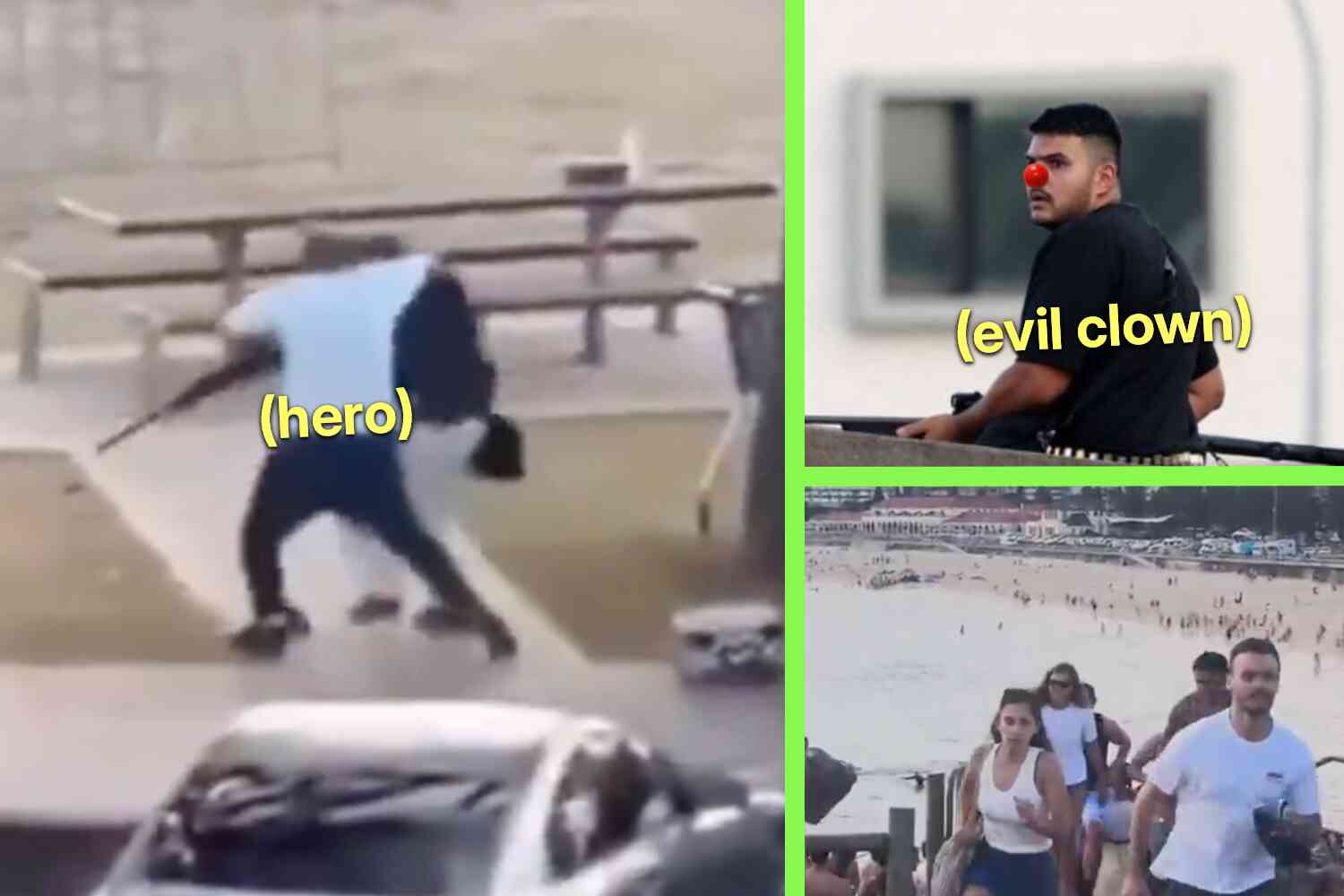This would have been a great plot to an Indiana Jones movie.
In the late 1600s, a priest in Mexico reported on his visit to the ruins of an extensive underground temple in Oaxaca, one that the local Zapotec residents believed contained the entrance to the underworld. Local lore held that it had been sealed off by Spanish missionaries underneath a Catholic church built atop the ruins.
Now scientists think they've discovered this long-fabled complex. From ARS Technica:
An international team of archaeologists recently announced that they found evidence for this fabled underground labyrinth under the ruins — right where the legends said it should be — after conducting scans of the site using ground penetrating radar (GPR), electrical resistivity tomography (ERT), and seismic noise tomography (SNT). The team also found evidence of an earlier construction stage of a palace located in another part of the site.
The readings display a pretty unmistakable series of caverns underneath the complex:
In 1674, a priest named Francisco de Burgoa published his account of visiting the area, which included a description of this Zapotec temple in the city of Mitla:
Burgoa's writing is the most descriptive, detailing how the Zapotec high priest used the palace of the living and the dead. He marveled at the mosaics and skilled construction of the site. And he specifically mentioned four chambers above the ground and four chambers below the ground.
Per Burgoa, the first underground chamber served as a chapel; the second was where the high priests were buried; the third was where the kings were buried, along with their luxurious worldly goods; and the fourth featured a door at the rear which purportedly led to "a dark and gruesome room." A stone slab covered the entrance. "Through this door they threw the bodies of the victims of the great lords and chieftains who had fallen in battle," Burgoa wrote. It seems that certain "zealous prelates" decided to explore the underground structures, carrying lighted torches and using ropes as guides to ensure they didn't get lost. They encountered "putrefaction," foul odors, and "poisonous reptiles," among other horrors.
Sounds... fun.
Once back above ground, the explorers walled up what they considered to be a "back door to hell."
Secular writers, like the one from ARS Technica, scoff at phrases like this, but they shouldn't.
Naturally, they interpreted the underground temple as a site for an "evil spirit" and its "demoniacal servants."
If you know anything about the Mesoamerican cultures that once spread across Central America, you would shudder at the horrors found in such a place. It is as close to hell on earth as one could imagine.

Church leaders destroyed the "palace of the living and the dead," along with much of the city, and built a church directly over the hellish place:
An archbishop ordered Mitla destroyed in 1553, and the stone blocks and other rubble were used to build various Spanish Catholic churches, most notably the Church of San Pablo, built right on top of part of the ruins.
Here's a video of the fascinating hard-work science behind the discovery:
The scientists had "placed various arrays of electrodes and geophones around the church" which they are able to use to produce a 3D model.
The data "confirmed the existence of a large void beneath the main altar of the Church," with the ARX Project stating that the findings "confirm the existence of extensive underground chambers and tunnels underneath the Church Group of the ancient site," matching the descriptions found in colonial documents and local tradition.
Whoever goes down there first to see what's left of the "palace" ... good luck.










